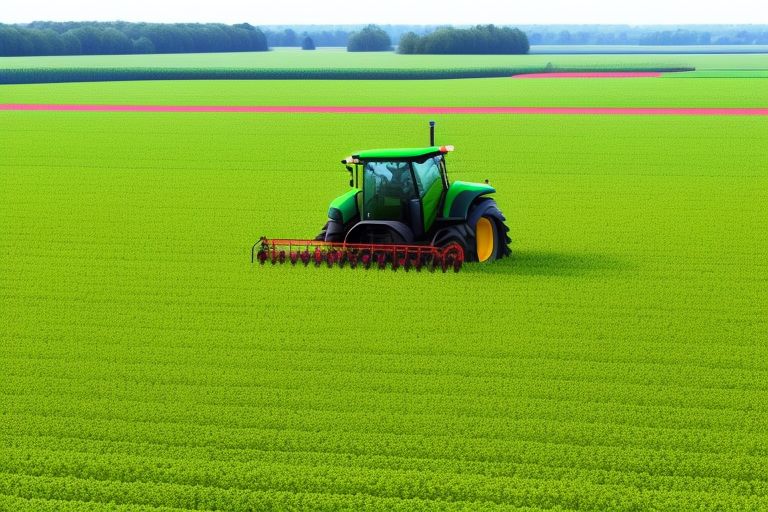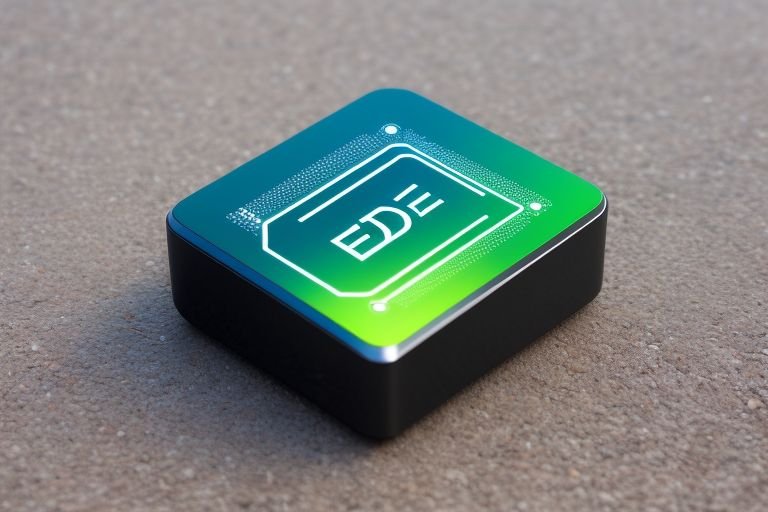The transformation of farming practices through Smart Agriculture, leveraging Internet of Things (IoT) and Artificial Intelligence (AI), marks a revolutionary step in the agricultural industry. This fusion of technology is reshaping how crops are cultivated, harvested, and managed, bringing efficiency, sustainability, and a higher yield to the forefront of farming operations.
IoT in Agriculture
IoT technology in agriculture involves the use of sensors, drones, and other devices to collect data related to soil quality, temperature, humidity, and crop health. This data is then transmitted to a central system where it can be monitored and analyzed in real time. Here’s how IoT is transforming farming:
- Precision Farming: IoT devices enable farmers to practice precision farming, which involves the precise monitoring and managing of field variations to enhance crop yield. By understanding specific conditions, farmers can make more informed decisions on planting, fertilizing, and watering.
- Remote Monitoring: With IoT sensors, farmers can remotely monitor their crops and livestock. This capability is particularly beneficial for large or inaccessible farms where manual monitoring is impractical.
- Resource Management: IoT technology aids in efficient resource management, such as water usage and pest control, reducing waste and environmental impact.
AI in Agriculture
AI complements IoT by providing the tools to analyze the vast amounts of data generated by IoT devices. Through machine learning algorithms and predictive analytics, AI helps in:
- Predictive Analytics: AI can predict weather patterns, pest infestations, and crop diseases, allowing farmers to take preventative measures in advance.
- Automated Machinery: AI-driven tractors, drones, and harvesters can perform tasks such as planting, spraying, and harvesting autonomously, reducing the need for manual labor and increasing precision.
- Yield Prediction: AI models can analyze data from various sources to predict crop yields more accurately. This information is vital for supply chain planning and market predictions.
Challenges and Opportunities
While the integration of IoT and AI in agriculture presents numerous benefits, it also comes with challenges. High setup costs, technical complexities, and the need for digital literacy among farmers are significant hurdles. However, the potential for increased efficiency, reduced environmental footprint, and higher productivity offers compelling reasons to overcome these challenges.
The Future of Smart Agriculture
The future of smart agriculture promises even greater integration of technology, with advancements in robotics, gene editing technologies like CRISPR, and further developments in AI and IoT. As these technologies evolve, they will continue to make farming more precise, sustainable, and productive.
Smart agriculture represents a leap forward in how we approach food production, addressing key challenges such as climate change, population growth, and food security. By harnessing the power of IoT and AI, the agricultural sector is poised to meet the demands of the 21st century and beyond, paving the way for a more sustainable and efficient global food system.



